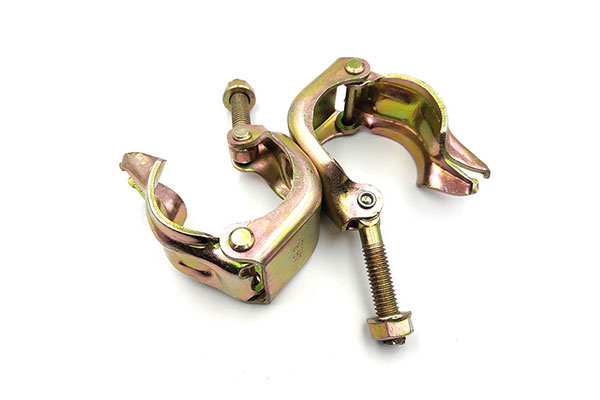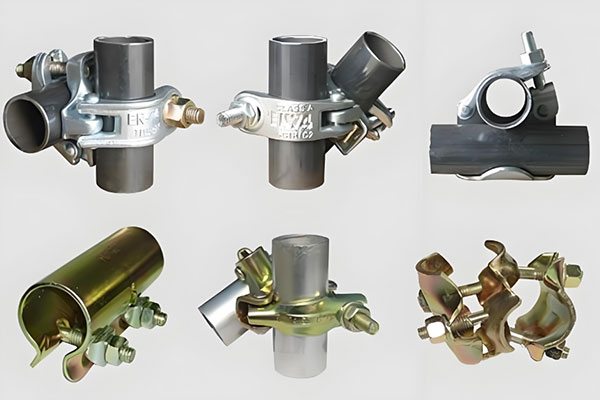Clamps for Scaffolding Pipes: Types, Uses, and Safety Guide
Scaffolding is an essential part of construction and maintenance work, offering safe and reliable access to high and hard-to-reach places. One of the most critical components of any scaffold system is the clamp—also known as a coupler—which securely connects scaffolding pipes and ensures structural stability. In this guide, we’ll explore the types of clamps used in scaffolding, their applications, and best practices for choosing and using them safely.

What Are Scaffolding Clamps?
Scaffolding clamps are metal fittings used to join two or more scaffold pipes (tubes) together at various angles and configurations. They play a key role in the strength and integrity of the scaffold structure. Without quality clamps, the entire scaffold setup can become unstable and dangerous.
Types of Scaffolding Clamps
There are several types of clamps, each designed for specific functions and configurations. The most common include:
1. Right Angle Clamp (Double Coupler)
- Purpose: Connects two scaffolding pipes at a 90-degree angle.
- Use Case: Ideal for creating vertical and horizontal connections in frame structures.
2. Swivel Clamp
- Purpose: Allows pipes to connect at any angle.
- Use Case: Essential for diagonal bracing and non-standard angles.
3. Sleeve Clamp (Joint Pin Coupler)
- Purpose: Joins two pipes end-to-end.
- Use Case: Used when a longer span of scaffolding pipe is needed.
4. Putlog Clamp (Single Coupler)
- Purpose: Connects a putlog or transom to a ledger.
- Use Case: Often used in lightweight applications like bricklayer scaffolds.
5. Board Retaining Clamp
- Purpose: Holds scaffold boards in place to prevent movement.
- Use Case: Increases safety by securing walking platforms.

Materials Used in Scaffolding Clamps
Most clamps are made of forged steel, pressed steel, or cast iron, and are typically galvanized or zinc-coated for corrosion resistance. The quality of the material directly impacts the durability and load-bearing capacity of the clamp.
Key Features to Look For
When choosing clamps for scaffolding pipes, consider the following features:
- High load-bearing capacity
- Corrosion-resistant coating
- Precision manufacturing for tight fitting
- Compliance with international safety standards (EN 74, BS 1139, etc.)
Applications of Scaffolding Clamps
Scaffolding clamps are widely used in:
- Construction sites
- Industrial maintenance
- Shipbuilding
- Oil and gas facilities
- Temporary stage and event structures

Safety Tips When Using Scaffolding Clamps
- Use certified clamps from reputable manufacturers to ensure safety.
- Inspect clamps regularly for signs of wear, rust, or deformation.
- Ensure tight connections to avoid movement or slippage.
- Do not overload the scaffold structure beyond the clamp’s rated capacity.
- Follow local regulations and safety standards for scaffolding setup and use.
Conclusion
Clamps for scaffolding pipes are small yet critical components that determine the safety and stability of scaffold systems. Choosing the right type of clamp and using it correctly is essential for maintaining a secure working environment on any construction or maintenance site.
Looking for high-quality scaffolding clamps? Contact us today for a free quote or expert advice on selecting the right clamps for your project needs.
